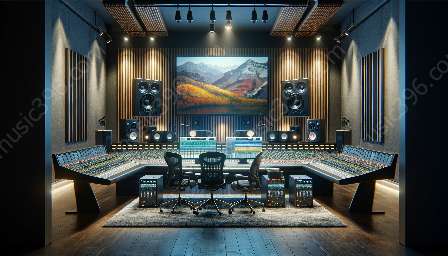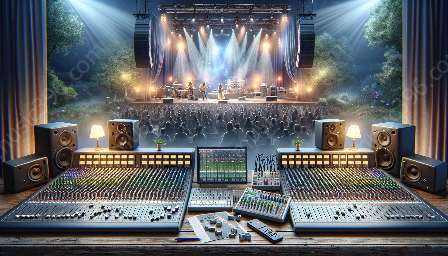Understanding the intricacies of noise in audio production is essential for achieving high-quality sound. In this comprehensive guide, we will delve into the fundamentals of noise in audio production, its impact on CD audio, and effective noise reduction techniques.
The Impact of Noise on Audio Production
Noise, an unwanted and disruptive factor in audio production, can manifest in various forms such as background noise, electrical interference, or imperfections in recording equipment. When present, noise can diminish the overall quality of audio recordings, leading to a subpar listening experience for the audience.
Types of Noise in Audio Production
There are several types of noise prevalent in audio production, including thermal noise, environmental noise, and quantization noise. Thermal noise, generated by electronic components, is particularly common in analog audio equipment. Environmental noise, on the other hand, encompasses unwanted sounds from the surroundings, while quantization noise arises from the digital representation of analog signals.
Noise Reduction Techniques
Effective noise reduction techniques are crucial for minimizing the impact of unwanted noise in audio production. Some common approaches include the use of dedicated noise reduction plugins, equalization, gating, and dynamic processing. Additionally, advancements in technology have led to the development of sophisticated algorithms and software capable of identifying and reducing specific types of noise.
Compatibility with CD & Audio
As noise can significantly affect the overall audio quality, it is imperative to address noise reduction in the context of CD and audio production. To ensure that CD audio maintains pristine sound quality, noise reduction techniques play a vital role in eliminating unwanted artifacts and preserving the fidelity of the original recordings.
Key Considerations for Noise Reduction in Audio Production
When implementing noise reduction in audio production, it is essential to strike a balance between minimizing noise and preserving the natural characteristics of the audio. Overly aggressive noise reduction can result in artifacts and an unnatural sound, while insufficient noise reduction may allow unwanted noise to detract from the listening experience.
Conclusion
By gaining a comprehensive understanding of the fundamentals of noise in audio production, and its impact on CD audio, individuals involved in audio production can employ effective noise reduction techniques to enhance the overall audio quality. Uncompromising attention to noise reduction is vital for achieving exceptional sound fidelity and delivering a superior listening experience to audiences.






























